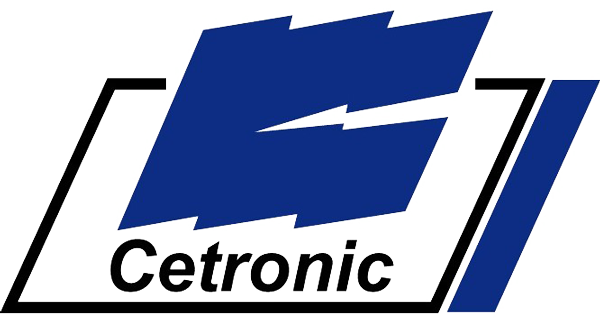Hybrid Constant Voltage Transformers (CVT) is a dynamic and innovative approach to voltage regulation. This specialised device marries the best of both mechanical and electronic worlds to deliver a continuous and reliable output voltage, offering improved performance, efficiency, and adaptability. In this article, we explore the workings and significance of Hybrid CVTs.
Understanding Hybrid Constant Voltage Transformers (CVT)
A Hybrid Constant Voltage Transformer is a voltage regulation device that combines elements of different CVT designs, often blending mechanical and electronic components, to provide a continuously variable range of gear ratios. This hybrid approach aims to offer improved performance, efficiency, and versatility compared to traditional CVTs.
How It Works
The Hybrid CVT operates based on a combination of mechanical and electronic principles. Its key components include:
Mechanical Components:
- Pulley System: Like traditional pulley-based CVTs, some hybrid CVTs utilise a system of two variable-width pulleys connected by a belt or chain.
- Electromechanical Actuators: Hybrid CVTs incorporate electromechanical actuators that can adjust the width of the pulleys. These actuators are controlled electronically to achieve precise gear ratio adjustments.
Electronic Components:
- Electronic Control Unit (ECU): An ECU processes data from various sensors, including vehicle speed, engine load, and driver input, to determine the optimal gear ratio.
- Advanced Algorithms: Hybrid CVTs often use advanced control algorithms to optimise the transmission's performance, fuel efficiency, and response to driving conditions.
Key Characteristics
- Continuous Gear Ratios: Hybrid CVTs, like other CVTs, offer a continuous range of gear ratios without discrete shifts. This results in smooth and seamless acceleration and engine operation.
- Efficiency: The electronic control and mechanical components work in tandem to optimise power transfer and improve fuel efficiency.
- Adaptability: Hybrid CVTs are adaptive and can quickly adjust gear ratios in response to changes in driving conditions, ensuring optimal engine performance and fuel economy.
- Manual Mode: Some hybrid CVTs include a manual mode that allows the driver to manually select preset gear ratios for a more engaged driving experience.
Advantages
The Hybrid Constant Voltage Transformer offers several advantages:
- Smooth and Efficient: Hybrid CVTs provide smooth and efficient power delivery, contributing to improved fuel economy and a comfortable driving experience.
- Adaptive Performance: Their ability to adapt to different driving conditions and styles ensures that the engine operates efficiently in various situations.
- Reduced Complexity: Compared to traditional mechanical transmissions with multiple gears, hybrid CVTs can be simpler in design, potentially leading to lower maintenance requirements.
- Manual Control Option: The inclusion of a manual mode can appeal to drivers who prefer a more traditional gear-shifting experience.
Applications
Hybrid CVTs are suitable for a wide range of passenger vehicles and some machinery where smooth and efficient power delivery is crucial.
The Hybrid Constant Voltage Transformer (CVT) is an innovative approach to voltage regulation, combining mechanical and electronic elements to offer precise and reliable voltage stability.






